Tag: Research
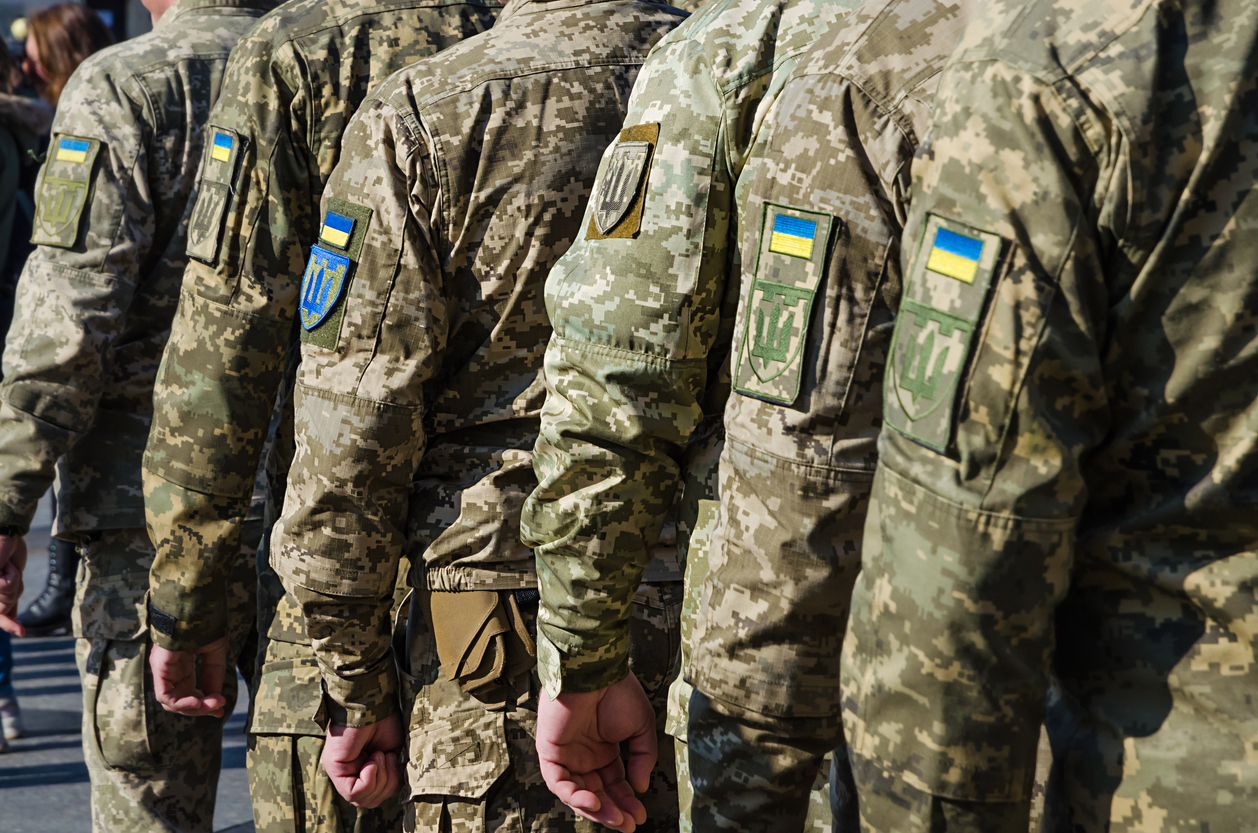
Ukrainian Veterans Save Lives Through Quiet Diplomacy
Time Period: December 2002 - December 2004Location: UkraineMain Actors: General Volodymyr Antonets, veterans & officers in the Ukrainian security forcesTactics - Dialogue/engagement - Fraternization - Withholding or withdrawal of allegiance...
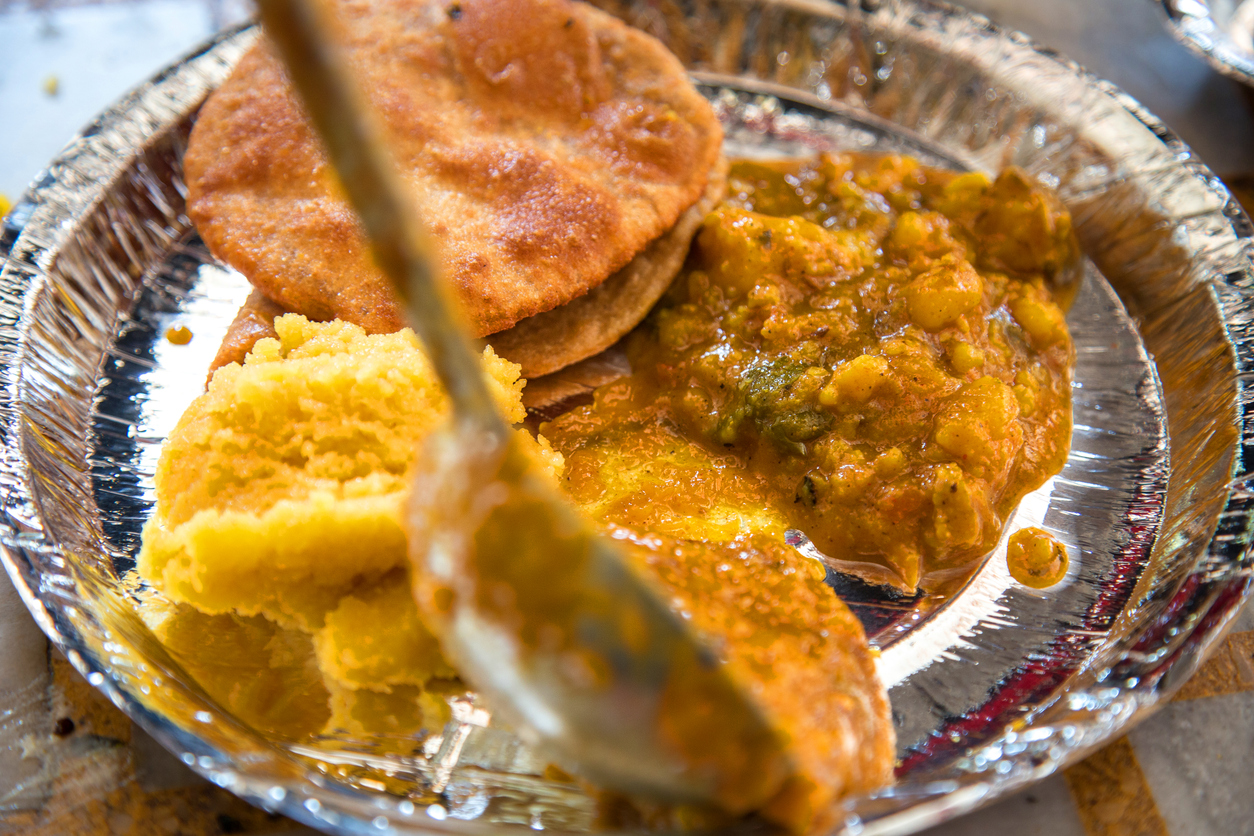
Sikh Langars Feed Protests for Farmers’ Rights
Time Period: November 2020 - December 2021Location: Delhi, IndiaMain Actors: Delhi Sikh Gurdwara Management Committee & other Sikh organizationsTactics - Protest camps, nonviolent occupation - Declarations by organizations and institutions...
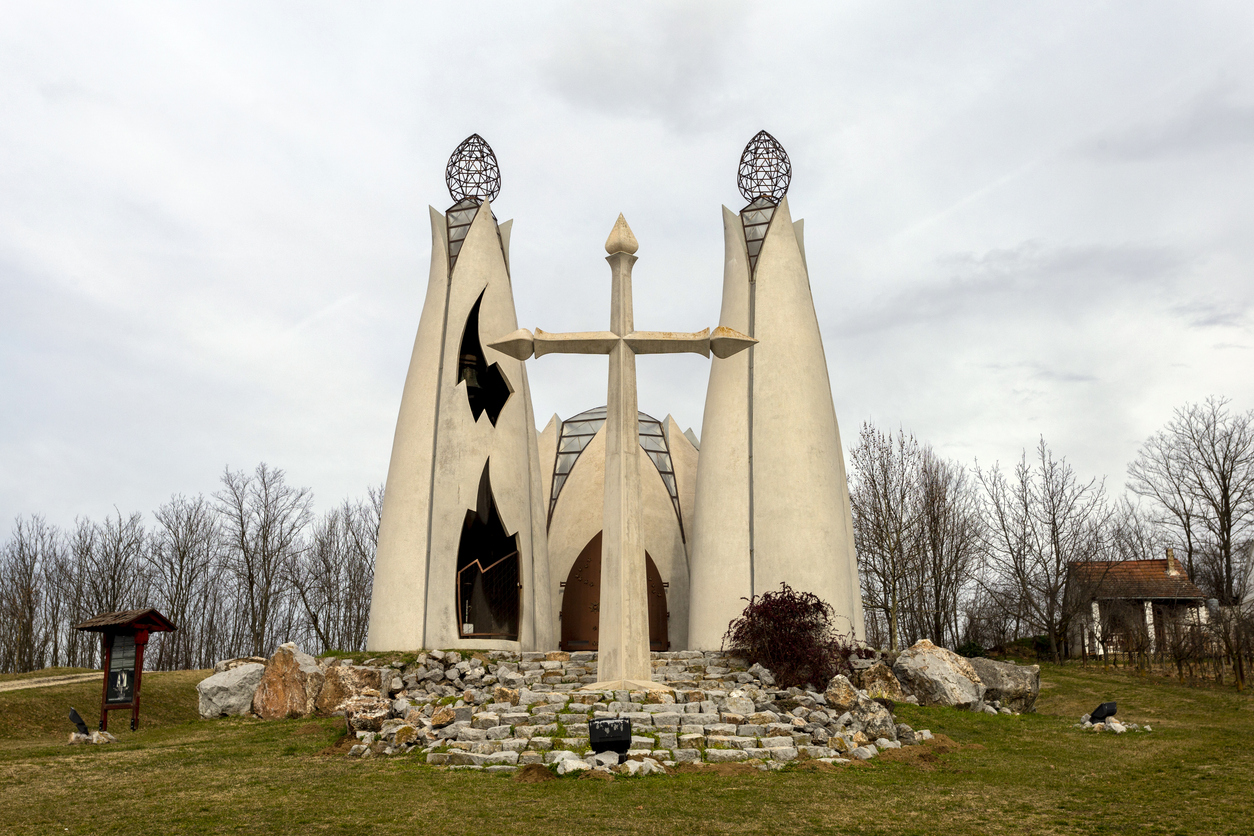
Hungarian Evangelicals Resist Democratic Backsliding
Time Period: 2010-2019Location: Budapest, HungaryMain Actors: Hungarian Evangelical Fellowship (HEF), Pastor Gábor Iványi.Tactics - Declarations by organizations and institutions - Selective social boycott - Protective presence - Signed public statements...
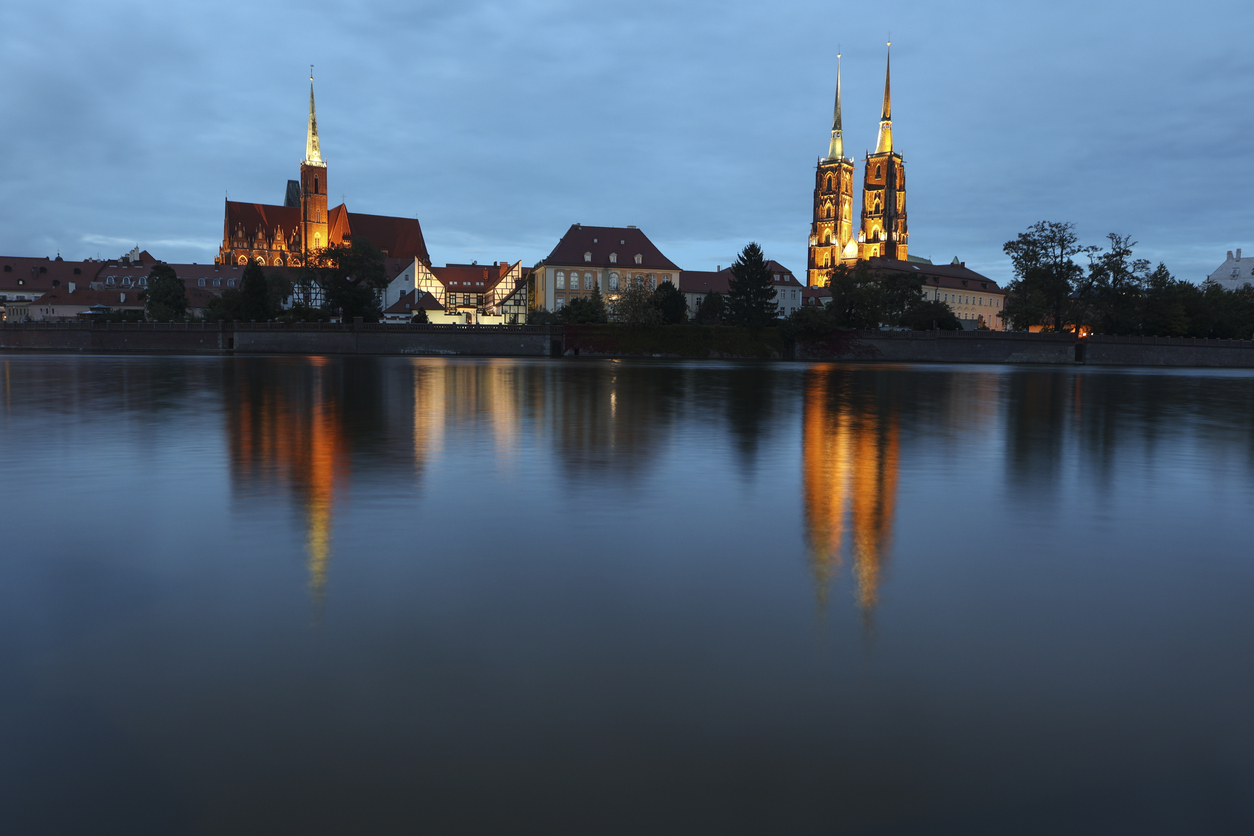
Polish Bishops Refuse to Support Authoritarianism
Time Period: 2016-2023Location: Poland, especially WarsawMain Actors: Polish Episcopal ConferenceTactics - Declarations by organizations and institutions - Public speeches - Boycotts of social affairs Poland became less free and democratic...

Activating Faith: The Southern Christian Leadership Conference Fights for Freedom
Time Period: Civil Rights Era, 1955-1970sLocation: United StatesMain Actors: The Southern Christian Leadership Conference (SCLC); affiliate churches; Civil Rights organizersTactics - Protest–teach-ins to educate and encourage participation - Mass action–sharing...
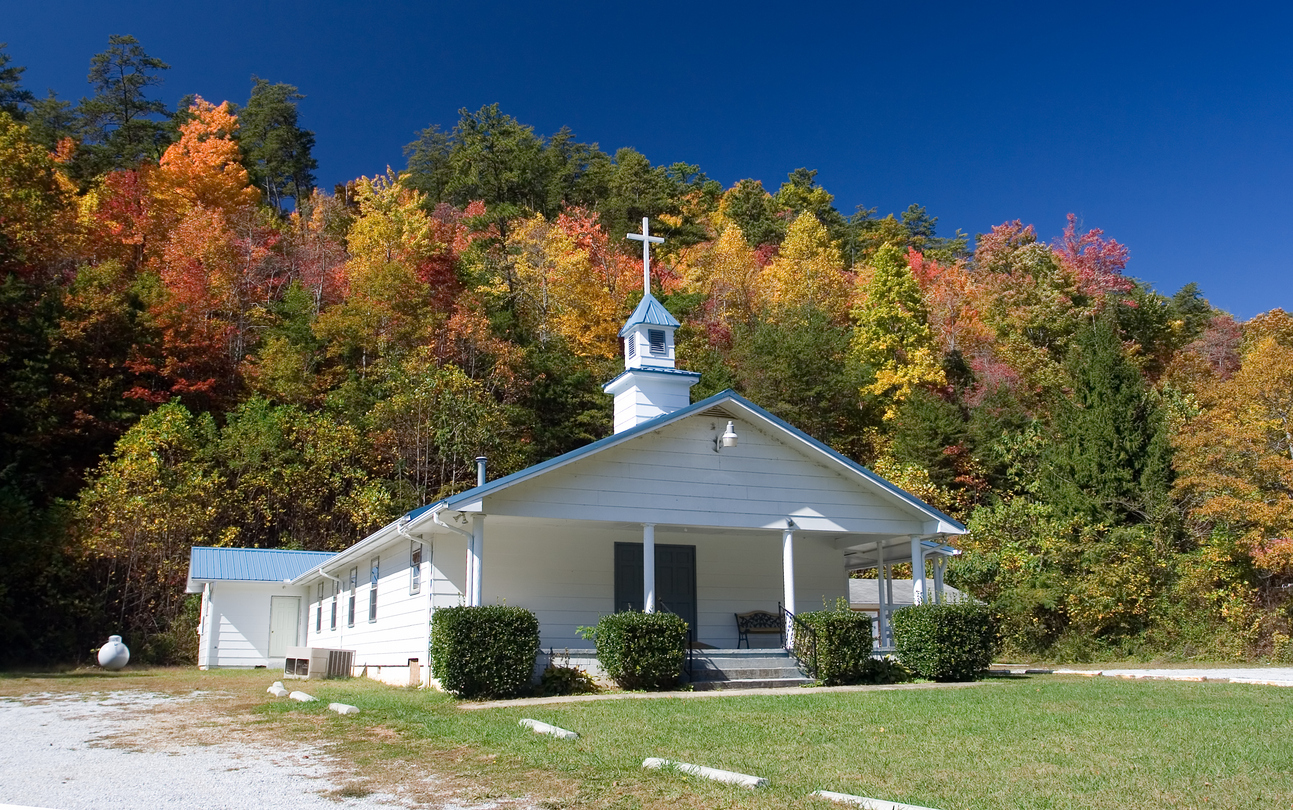
Southern Baptist Leaders Condemn the January 6th Insurrection
Time Period: 2020-presentLocation: United StatesMain Actors: The Southern Baptist Convention; Russell MooreTactics - Personal Statements - Blogging or Online Article Writing - Newspapers and Journals The Southern Baptist Convention (SBC)...

Latter-Day Saints Speak Out to Protect Democracy
Time Period: 2020-presentLocation: United StatesMain Actors: The Church of Jesus Christ of Latter-day SaintsTactics - Public Statements In the immediate lead-up to the inauguration of President Biden, the governing body...
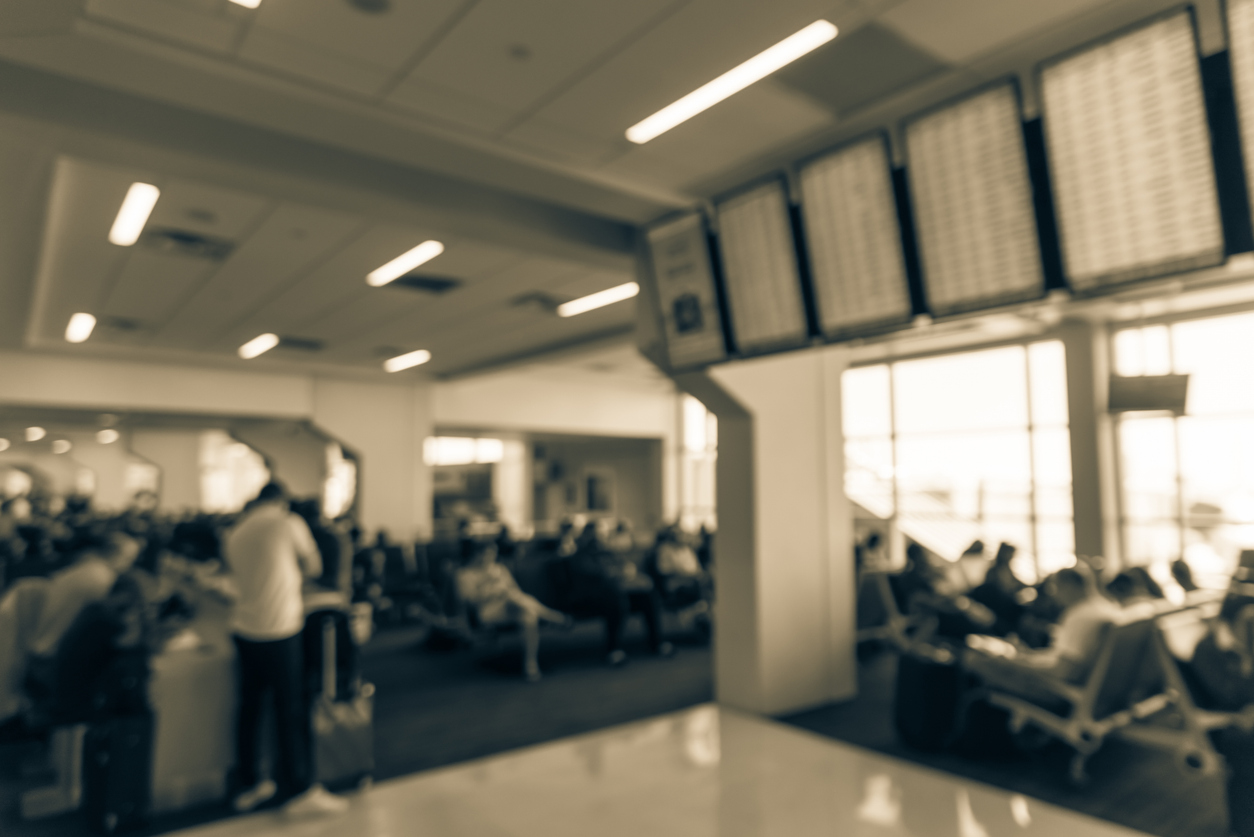
Going Pro (Bono): Lawyers Provide Support Against the Muslim Ban
Time Period: 2017-2018Location: United StatesMain Actors: Immigration & constitutional law attorneys; civil rights activists; members of state and national government; business & labor leadersTactics - Civic Engagement - Media Outreach...

“Ask your Doctor if Voting is Right for You!” American Doctors Speak Out on Voting
Time Period: PresentLocation: United StatesMain Actors: The American Medical Association (AMA)Tactics - Declarations by Organizations and Institutions In its June 2022 annual meeting, the American Medical Association (AMA) identified voting...

Brazilian Doctors Strike for Healthcare Reform and Democracy
Time Period: 1977-1981Location: BrazilMain Actors: Brazilian Doctor’s UnionTactics - Professional Strike - Slowdown Strike - Marches - Establishing new social patterns In 1964, a military coup overthrew Brazil’s democratically elected...
